[ad_1]
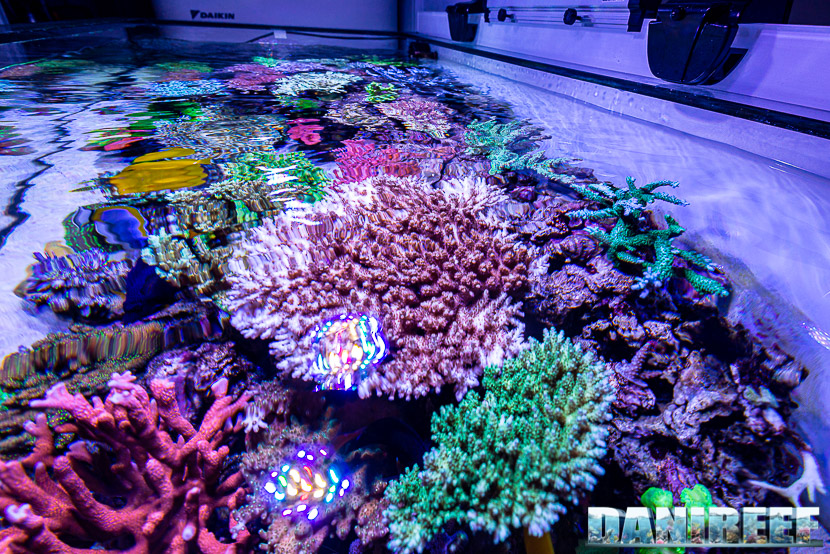
Managing and thinking about the aquarium when we’re away is very stressful and a common cause for concern. But there are many things we can do to minimize risks and problems.
Let’s begin by saying that, for this article, we’re assuming that no one is staying behind to care for the aquarium. We know that the life of our aquarium depends exclusively on us (…and the electric current!)
It goes without saying that if the aquarium remains unguarded for a long time, problems can come up. As the Murphy’s law teaches, “Anything that can go wrong, will go wrong” at the worst time and in the worst way possible. And with many years of aquatics behind me, I can say I think I’ve seen everything.
So, if we want to avoid unwanted surprises we must meticulously take care of everything, and assume that any problem could present itself regardless of our cyclopean efforts.
Reasonably, an aquarium can be set up to be left alone for about 2 weeks.
Let’s analyze the problem from every angle:
- Wellness of the fish
- Wellness of the corals
- Wellness of the tank
- Cover in case of blackout, both for a short and long time
- A way to check on what is happening in the aquarium at all times
- Emergency backup plan
Wellness of the fish
For a certain amount of time, no one will take care of the fish. This means that nobody will feed them and no one will be there to keep an eye on things and take care of any problems that come up.
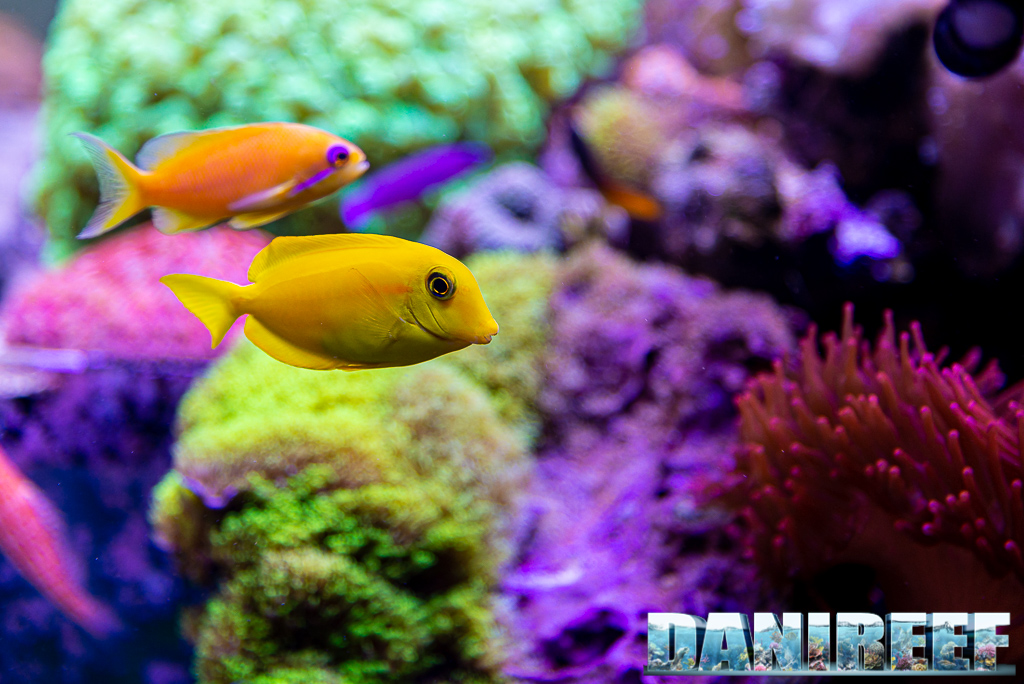
Usually, when it comes to feeding, it’s not a problem if the aquarium remains “alone” for 2 or 3 weeks (that is, an aquarium that is about 200 liters and correctly managed). Maybe the fish will lose a bit of weight, but if they’re properly fed they’ll keep grazing happily on the rocks and they won’t have particular problems. My suggestion is, to heavily overfeed, even up to twice the regular amount, during the week before leaving. In this way they’ll have more stock to draw from in your absence.
Last year at Nuremberg Interzoo, Dupla presented a special gel feed that lasts 1 or 2 weeks, that doesn’t rot and that the fish can nibble on for a long while. On the market, there are also some automatic feeders that could fulfill the task in your absence. I usually discourage their purchase for a few reasons: first of all, feeders are usually placed next to the aquarium, where humidity is higher, so often the feed moistens before it’s released in the tank, and in the worst cases it rots too. Sure, this doesn’t happen with the food that is administered the day after or such, but think about a food that stays inside a feeder, exposed to humidity for a week or 10 days. Can we know for sure that it will still be healthy? Also, I don’t think it’s wise to rely on a tool that we use only occasionally, that may have failures exactly when we need it and lead us to turn to the overdose solution anyway.
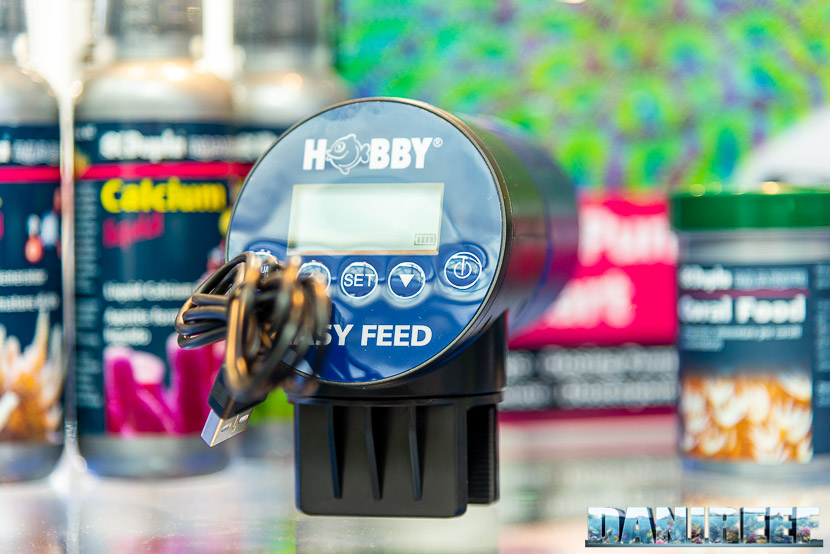
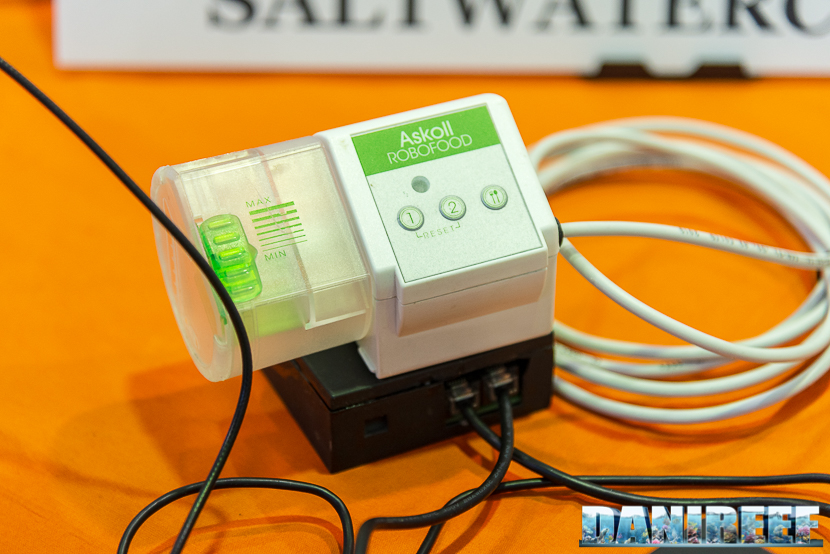
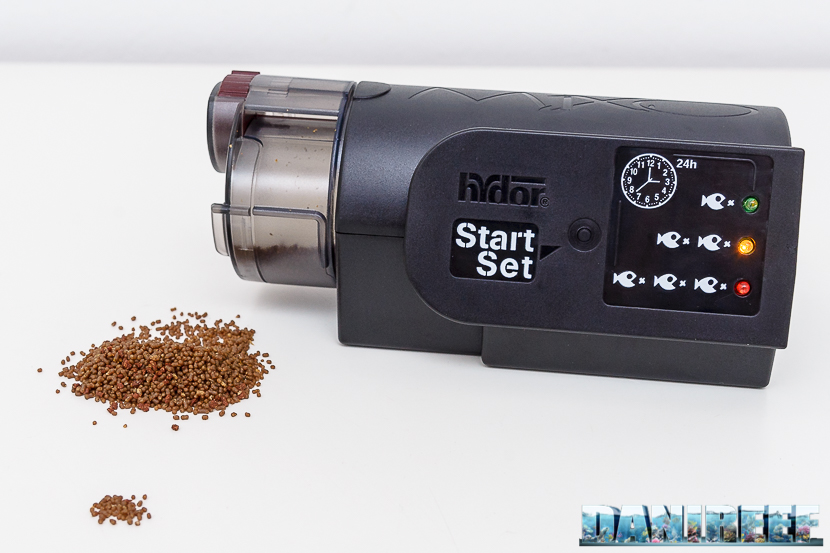
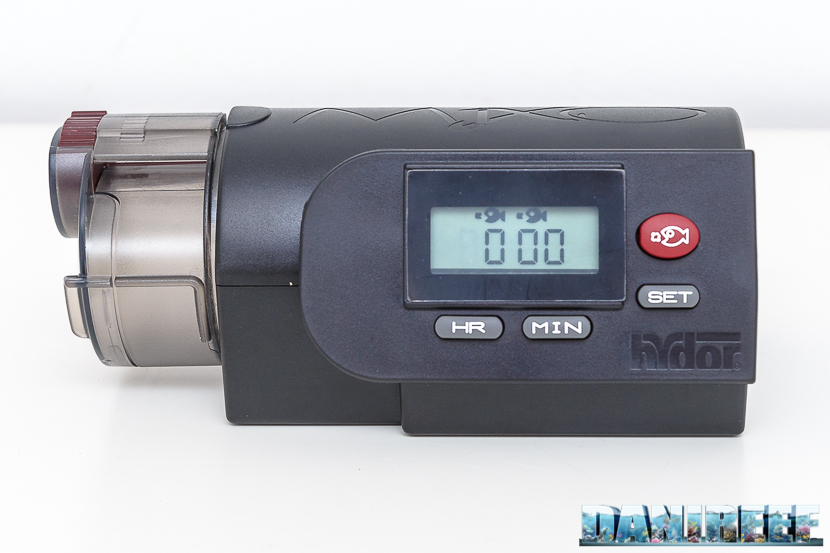
If the conservation about of the food in the feeder doesn’t scare you (and please, if you do, use always granular food, possibly macrocapsulated), consider that it could block or spill the food in the tank.
Sure, over the years, each company has done its best to come up with feeders that won’t have these problems. If you want to try it out, consider starting with a smaller amount than usual, and start trying it a few weeks before you leave, so that you can be sure it is functioning properly. Always remember that the feeder is for the survival of the fish, not for their wellness. A smart solution might be to prepare it for a time shorter than your absence. For example, you can try using the feeder for 4 days if you know you’re going to stay away for a week, or using it for not more than 9-10 days if you’re leaving for two weeks or more. In this way you can minimize the risks.
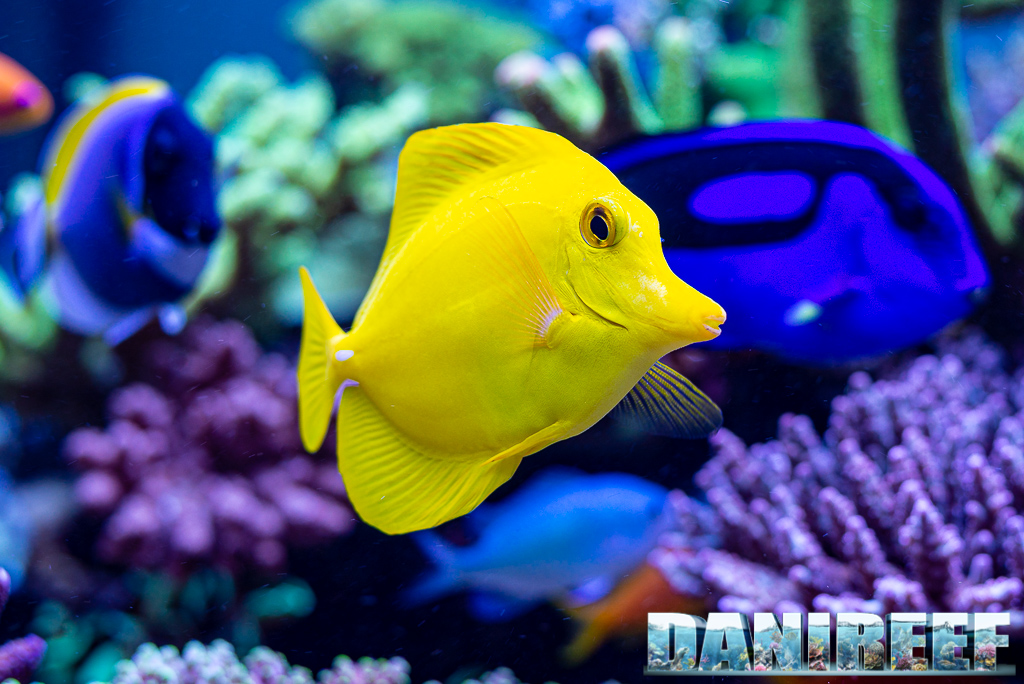
I have had my aquarium since 2001, sometimes in different tanks, and I have been away several times, between one and two weeks, without any big problems. It’s obvious that if we host aggressive fish in our tank, or fish that have harmful behaviors against others, our absence could exacerbate the situation and this could lead to something lethal. For example, some kinds of triggerfish are naturally aggressive, and, if left without food, may wipe out every shrimp and urchin in the aquarium.
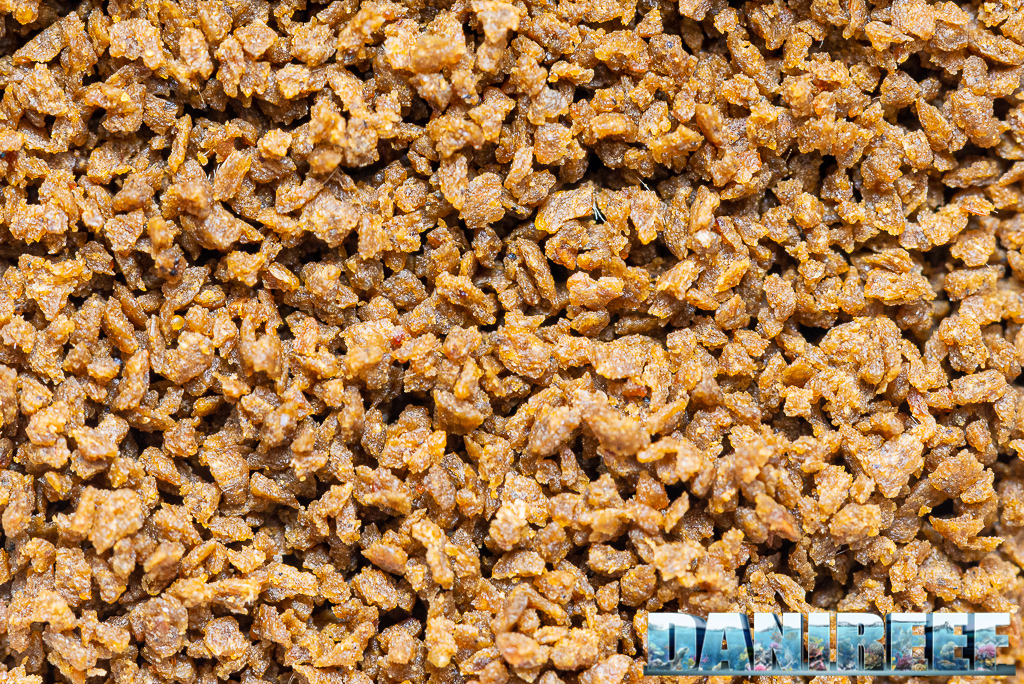
If you are lucky enough to have someone that can visit the aquarium once every 2-3 days, they can feed very small amounts of food. Little food, little pollution: remember that if the aquarium gets polluted when we’re away it can be a huge problem.
Wellness of the corals
When speaking about corals, the issue is more complicated. Corals have much less tolerance than fish for pollution, dissolved oxygen, and temperature fluctuations. In addition, the bacterial reproduction method can have some negative repercussions in our absence.
The corals need a lot of light every day, and this shouldn’t be a problem, they need calcium and carbonates, which also shouldn’t be a problem, they need movement, and even here we should be ok… but with alimentation and additives we have huge problems.
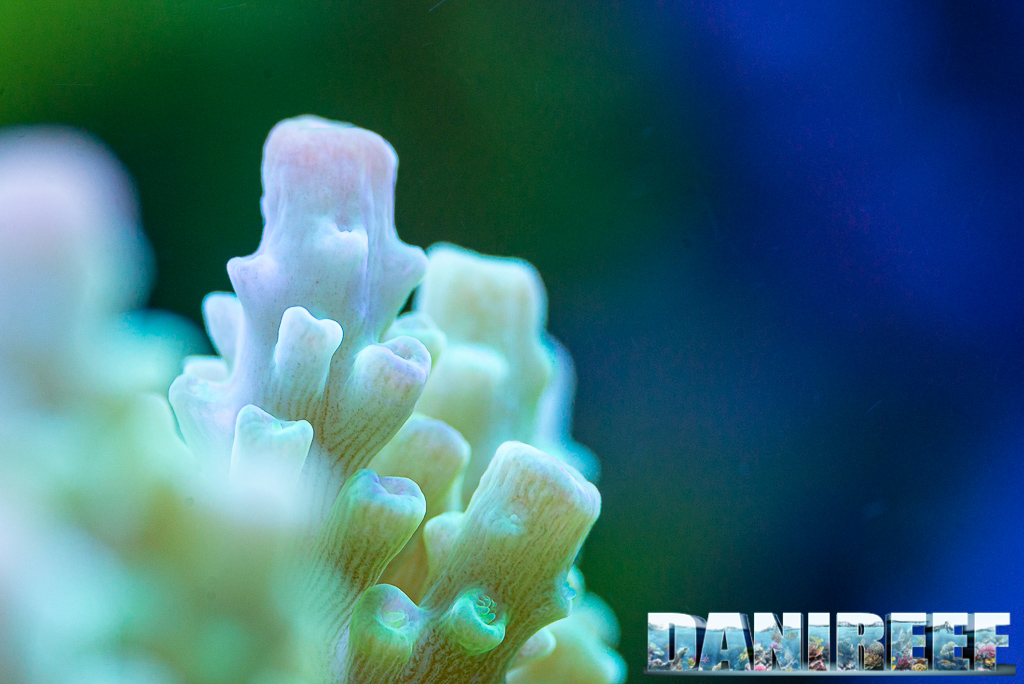
The management of calcium and carbonates is usually taken care of by calcium reactors or dosing pumps with balling. Normally we don’t have to do anything more, as long as we’ve kept up on maintenance. If everything was working well before, then it’ll keep working well even without us. If you need to do maintenance, do it at least two weeks before your departure, so that you can be sure that everything works properly.
To date, I’ve never lost a single coral due to my own absence. Actually, every time I came back, the corals were healthier than at my departure. So I believe that it won’t be a big problem.
On one hand the corals can feed themselves with fish excrement, though the coloring may be affected. On the other hand, a decrease in metabolism doesn’t lead to big problems even if it’s for a couple of weeks. I suggest overfeeding the week, or the weeks, before departure, with a last generous supper right before you leave the house.
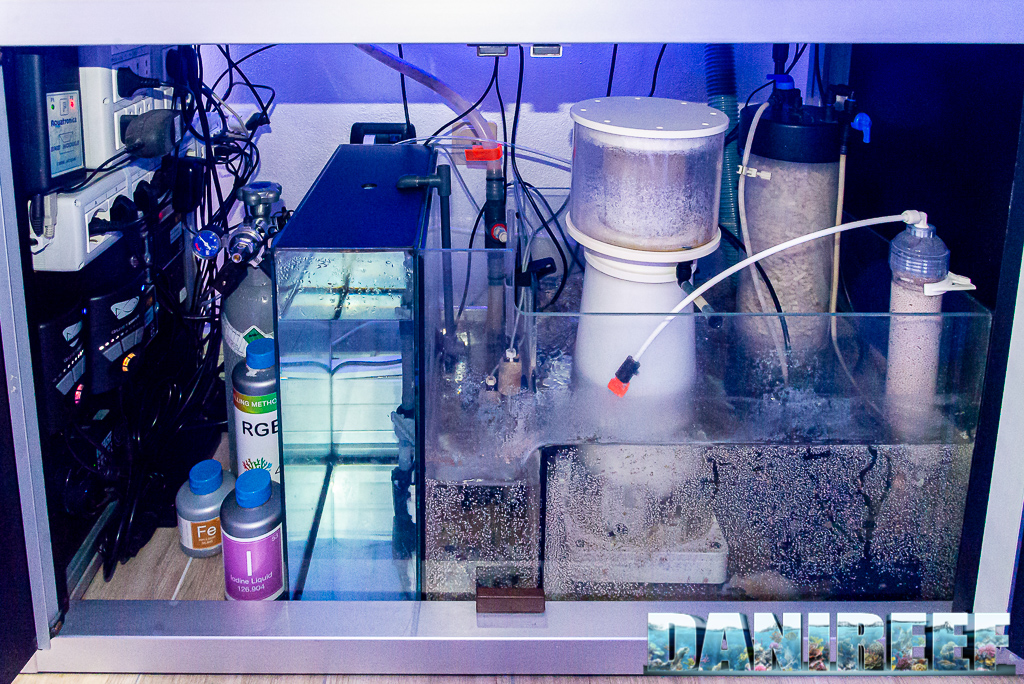
If you manually administer calcium and carbonates I suggest you do nothing, because in our absence the lower amounts of calcium and carbonates in the water, coupled with the lower availability of food, will lead to a slowdown in the growth of the corals without damaging their health. It could be helpful to lower the power of the lights by 20%, just enough to lower the metabolism of the corals without damaging them. At the most, we might return to find them a bit discolored. Nothing that we can’t fix in a few weeks.
But let me make a clarification: as a survival mechanism, the corals won’t consume all of the calcium in the water in 1-2 weeks. When the calcium decreases, the development rate of the corals decreases as well because the energy needed to extract the calcium from the water is greater and this, together with less food, lowers the metabolism and the growth… The highest rates of growth are in those aquariums where the level of calcium is high and the nutrition is heavy and continuous.
Wellness of the aquarium
In addition to fish and corals we also have to consider the aquarium as a whole. Everything has to function perfectly when we’re away. The main problem, besides the electric current, is keeping the correct level of salinity.
As you surely know, marine aquariums can have a refill tank with osmosis water to restore the evaporated water. The capacity of this tank is limited, and usually is for about 3-5 days. So if you want to be sure you have enough water, you should increase the capacity and connect the osmosis system directly to the tank, so that it’s always full. But since not everyone can do it, we have to act differently.
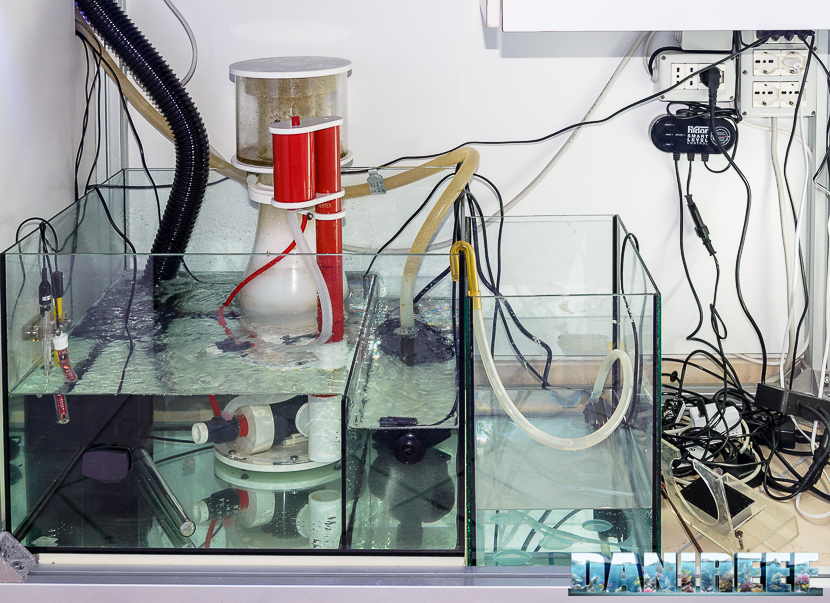
Temperature and salinity…
Before we go on with the salinity, we have to consider another parameter which may create problems: the temperature.
The temperature in an aquarium has to remain within a certain range, and while this usually isn’t a problem in winter, it could become one in summer. This is a huge theme, maybe it’ll be the object of a future article. Let me just say that, in the summer, we have to cool down the aquarium and we have three ways: the air conditioner, the fan, and the chiller. Each one of these has a great influence on the aquarium and its salinity.
If you have an air conditioner… it’s better to leave it off, because you also have to leave the windows open for the exchange of air between the tank and the aquarium. Obviously, if you have a controlled mechanic ventilation, you could keep the temperature on 25 or 26 degrees C, and the evaporation would be minimal. The fans, can be problematic, because they cool down the water by making it evaporate so that it loses energy, which is heat. So, they cause a lot of water to evaporate, which has to be restored. The chiller is the right choice because it lowers the temperature without increasing the evaporation.
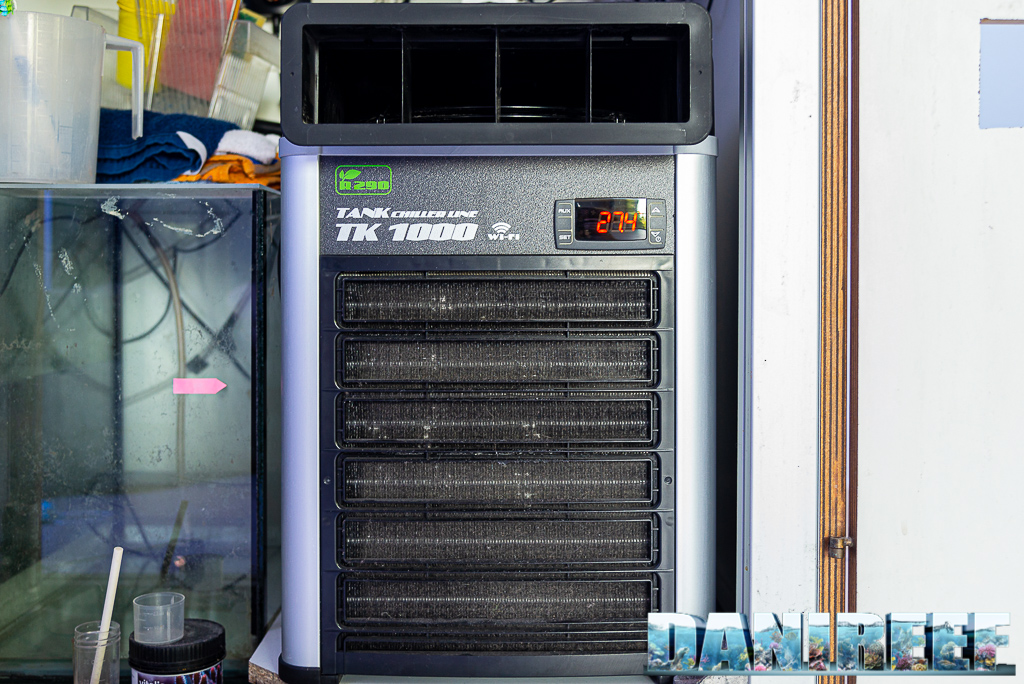
In this way we can calculate how much water we need and choose the tank with the required capacity. It’s obviously a solution that you should test before leaving. Be careful to prevent water siphoning and pay attention to the law of communicating vessels. That is, if you have a very high container the water outlet pipe should NEVER be under the water level of the tank! In fact, if the joint connected to the pump, starting from inside the new refill tank, ends lower than the water level of the same tank what will happen is when the pump starts, the sump will begin to fill up, but then the pump that stops the water flow won’t turn on, draining the container inside the sump. If you don’t trust me… just try 😉
In any case, just do a small hole at the top.
It could also be useful to prepare some tanks with osmosis water ready to be poured in your refill tank, so as to make things easier for those who will refill the tank for you or in order to be ready when you come back home.
Obviously before you leave, fill the tank to the top, then ask some friend or relative to come and refill the missing water.
Cover in case of blackout, both short and long term
So, let’s begin to deal with some real problems that can happen. It’s clear that our aquariums base their survival on electricity, and that a blackout is incompatible with its life. So, we have to arm ourselves.
It’s impossible to think about an alternative source of energy for the aquarium for the whole time we’re absent, because the causes of the blackout could be many and various. I think it’s necessary to have an uninterruptible power supply specifically for the return pump of the aquarium. We talked about its importance in this article.
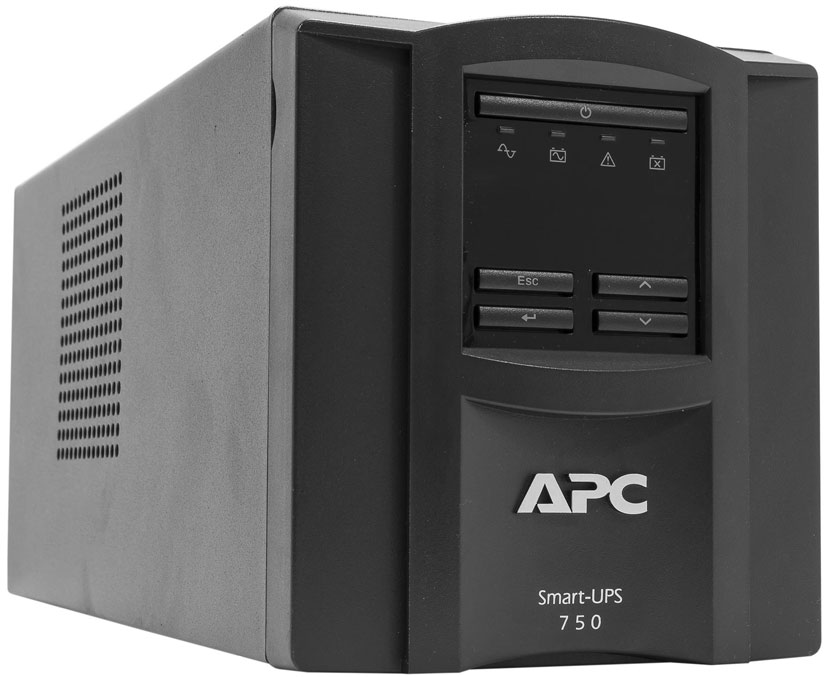
I already discussed in many articles why it’s necessary to power the return pump, but, to sum up, the main point is that we have to maximize the life in aquarium during our absence and increasing the number of things being powered will reduce the time they could be active. The return pump guarantees a certain recycle in aquarium and the oxygenation thanks to the gas exchange derived from the falling water in the sump.
Another school of though prefers to give more importance to the movement pump, so much so that, for example, Ecotech Marine provides a backup system that keeps the movement pump at its minimum. I don’t believe this is a efficient solution, because even though you’ll have more movement in aquarium, you’ll have less oxygenation. I read about some negative experiences that made me prefer the first solution. In any case, having both things, will give you the best outcome.
The UPS alone are absolutely not useful if you’re on vacation for longer than the back-up time, obviously.
So you absolutely have to have a device that alerts you of a black out. Right now, I have a dialer connected to my alarm system that calls me if there’s a black out, in addition to the Aqua Go system… and they don’t only call me, but my wife as well. Since most of my aquarium’s systems are autonomous 24 hours and, even on holiday, I regularly check my phone, I can always warn a relative of mine and ask to control what happened and reattach the electricity meter. If I didn’t have available relatives I’d ask an aquarist friend, leaving them the keys of my apartment. In this way I’m completely covered, except for unpredictable machine errors, for at least 24 hours, enough time for someone to intervene.
Since I’ve always been interested in aquarium maintenance systems, and after having tested Aquatronica, Limulus, Biotopus II, Vertex Cerebra and, finally, Aqua Go, I always tried to use the GSM modules sold by the companies. Now it’s integrated in Aqua Go, so I feel reasonably safe.
Remember that if you won’t be alerted if there’s a problem, everything else you’ve done will be pointless.
Way to be aware of what happens in the aquarium at any time
As I have already mentioned, being informed about the condition of our aquarium when we’re away is vital, both for being reassured and for having the chance to intervene remotely if necessary. The solution is having a computer that manages the aquarium for us.
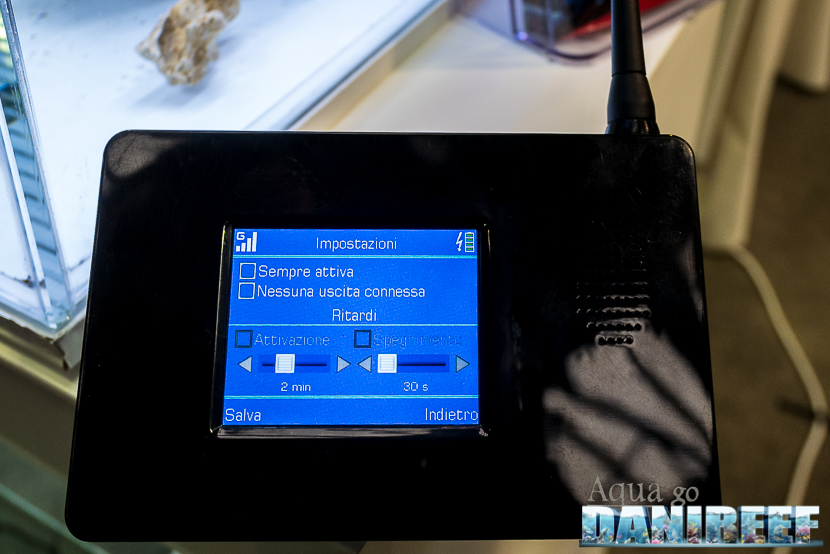
Usually, if you give them the order, the aquarium systems can not only alert us about the condition of the electric current, but also keep us informed about the general parameters of the aquarium, like temperature and pH.
Now you can also install a webcam pointing to the aquarium so that you can remotely control everything. They are pretty inexpensive, so I strongly recommend the purchase. For example, here you can see Wansview webcams in action that are relatively cheap but work very well. These are the ones I chose.
Summing up the duties of our substitute
Without someone that can physically control the tank is difficult to feel completely safe, especially if we’re away more than 7 days, even if everything has been perfectly arranged. Apart from this, however, the duties we leave to our substitute should be extremely simple, so that, they don’t have to complete difficult tasks, for example cleaning the skimmer, while forgetting the easier but more important ones, like refilling the refill tank.
So, I suggest you ask them to do as little as possible, just feed the fish and refill the refill tank, and nothing more! Let’s keep things easy, so that everyone can do it!
I also suggest to leaving your substitute the phone number of an aquarist friend 😉 So that they would know who to run to.
HAPPY HOLIDAYS TO EVERYONE!
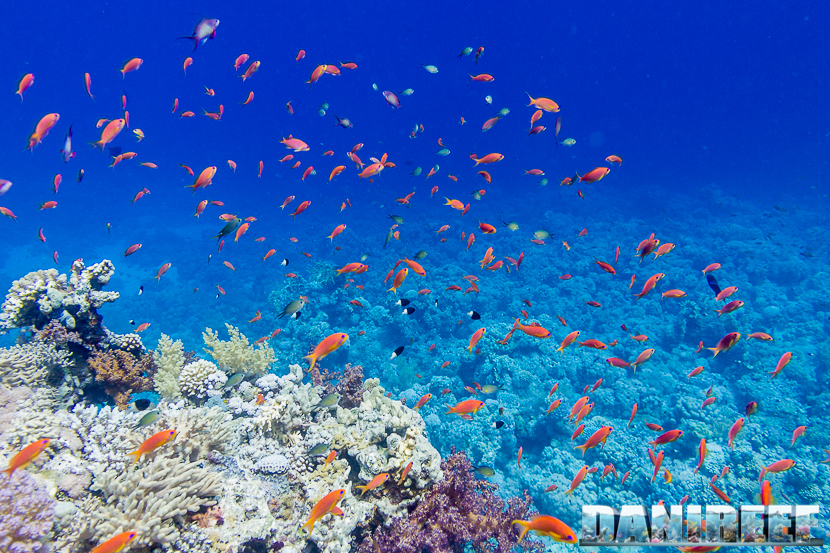
For any questions, you can use the comment section below.
[ad_2]
Source link
